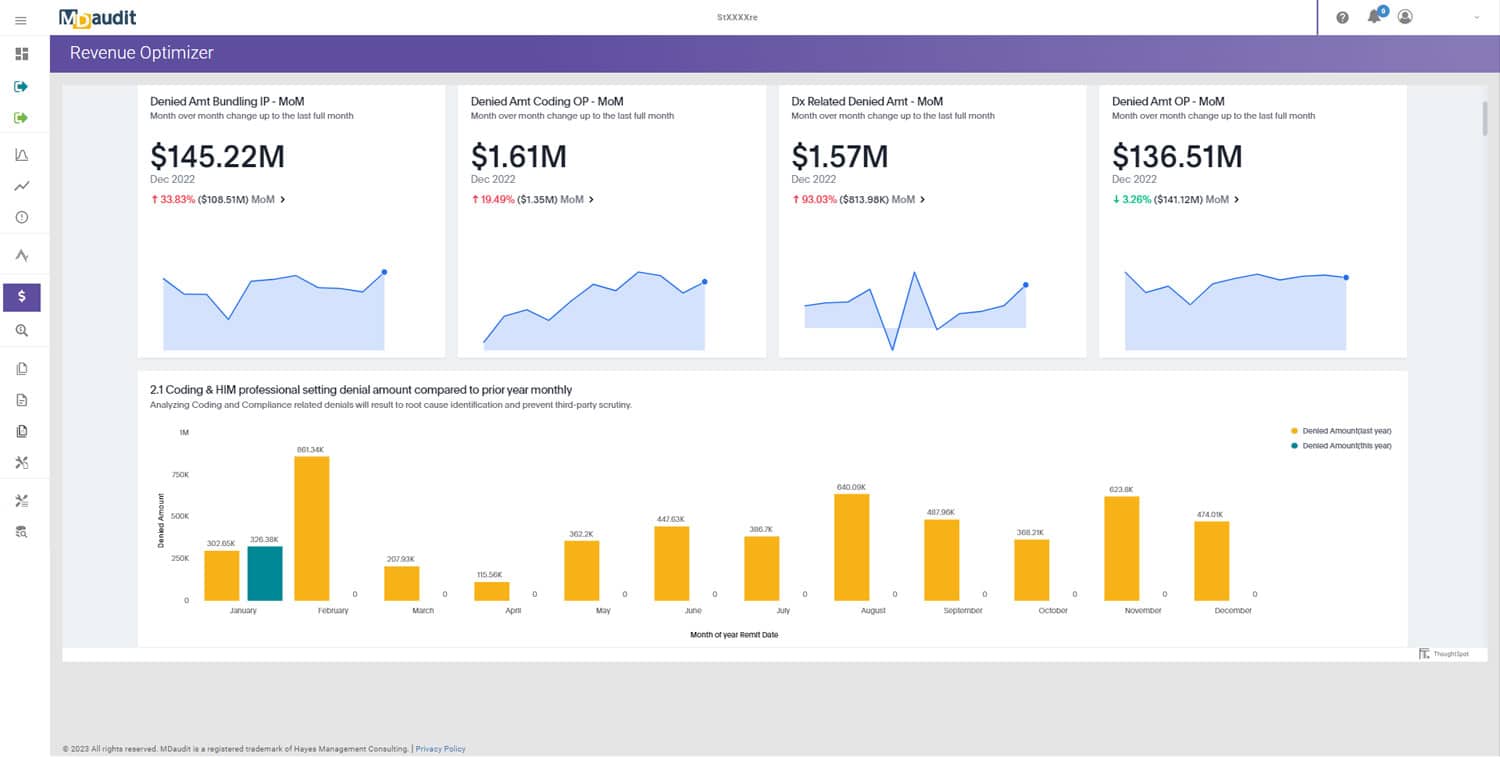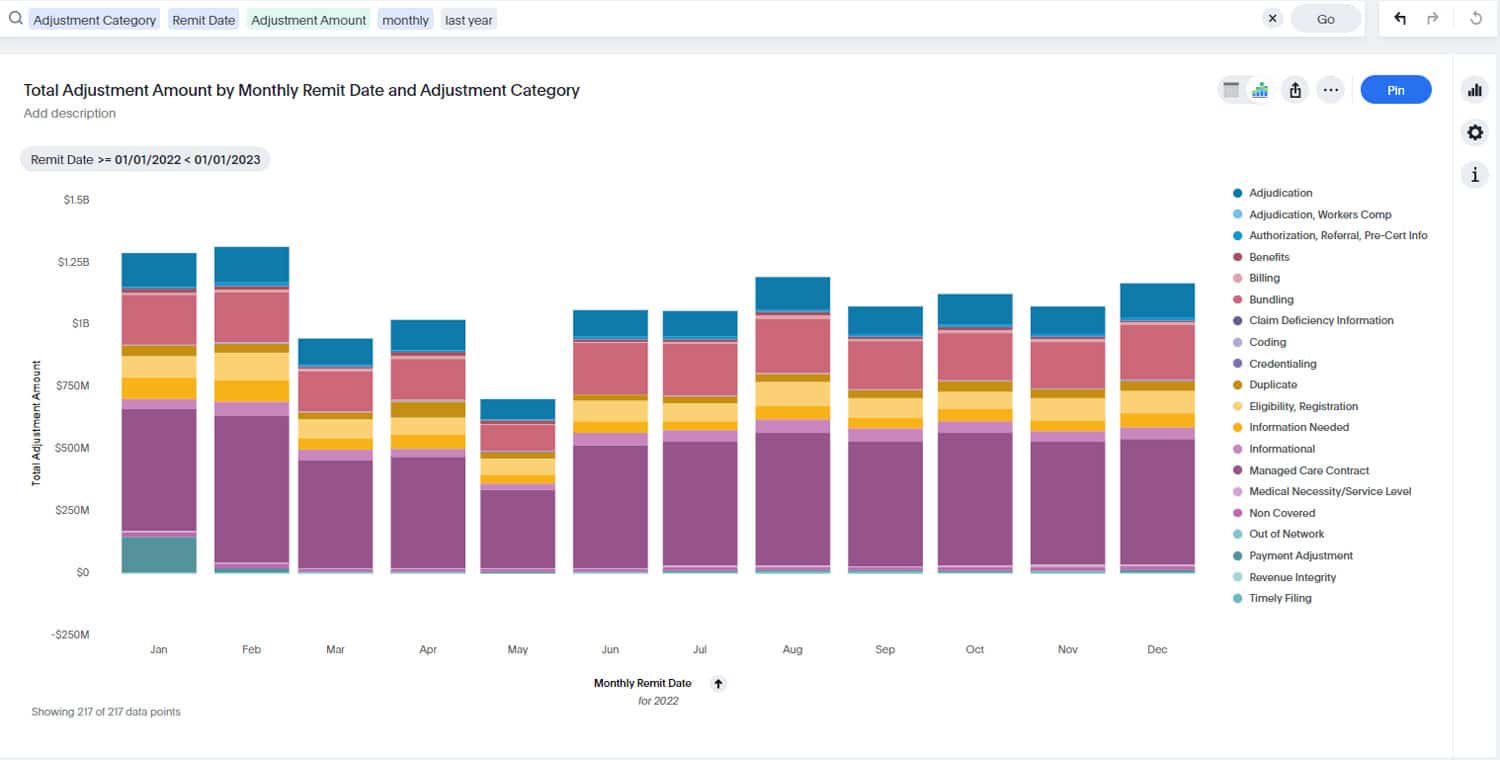Every dollar lost to denials, underpayments, or billing inefficiencies chips away at a healthcare provider’s bottom line. While many organizations still rely on quarterly, sample-based audits, modern revenue cycle auditing software offers continuous oversight—catching errors as they happen, addressing root causes, and driving targeted training to prevent revenue leakage.
Continuous Claim Oversight
Rather than waiting weeks or months for a scheduled audit, MDaudit’s Continuous Risk Monitoring ingests daily feeds from your Electronic Health Record (EHR), billing engine, and remittance advice systems. Machine-learning models flag high-risk claims—whether due to missing modifiers, coding anomalies, or documentation gaps—and surface them immediately for review.
Automated Audit Workflows
When an at-risk claim is detected, the system automatically generates a task in MDaudit’s Audit Workflows module. Assignments appear in reviewers’ dashboards, progress is tracked in real time, and all supporting documentation is stored securely and version-controlled. This end-to-end automation eliminates manual handoffs and ensures every critical claim gets the attention it needs.
Root Cause Analysis
Beyond simply flagging problematic claims, MDaudit’s analytics correlate denial reasons from Explanation of Benefits (EOB) and Electronic Remittance Advice (ERA) data with coding patterns. For instance, a spike in radiology denials may trace back to inconsistent modifier use. By pinpointing these systemic issues, you can implement corrective actions that address the true source of errors.
Targeted Training for Sustainable Improvement
Broad, generic training often misses the mark. MDaudit aggregates audit findings by department, clinician, or service line, revealing where errors recur most frequently. If coders are misapplying evaluation and management codes, the platform can trigger focused education sessions on those exact guidelines—rapidly closing knowledge gaps and preventing repeat mistakes.
Quantifying Financial Impact
Preventing denials isn’t just about compliance; it’s about preserving revenue. MDaudit’s Revenue Integrity Platform overlays audit results with remittance analytics, showing in real time the dollars at risk for each exception. Early intervention on high-value claims can save millions annually and often pays for the software investment within a single year.
Embedding Auditing into Daily Work
To make these savings stick, auditing must be part of your daily routine. Alerts from Continuous Risk Monitoring feed directly into Audit Workflows, so compliance analysts and coders collaborate in context—no more waiting for quarterly review periods. Corrections happen while records are still fresh, eliminating the delays and administrative burden of retrospective appeals.
Security, Scalability, and Support
MDaudit’s cloud-native architecture scales to handle millions of claims without performance degradation, and maintains HIPAA-compliant encryption, role-based access controls, and audit logs. HITRUST certification confirms our commitment to data security. Our implementation team provides role-based training and a responsive help desk to ensure your success.
Conclusion
Revenue cycle auditing software uncovers the root causes of denials and billing errors, drives targeted training, and embeds continuous monitoring into everyday workflows—transforming compliance from a cost center into a strategic savings engine. To see how MDaudit’s unified suite can uncover hidden cost savings in your organization, request a demo today.









